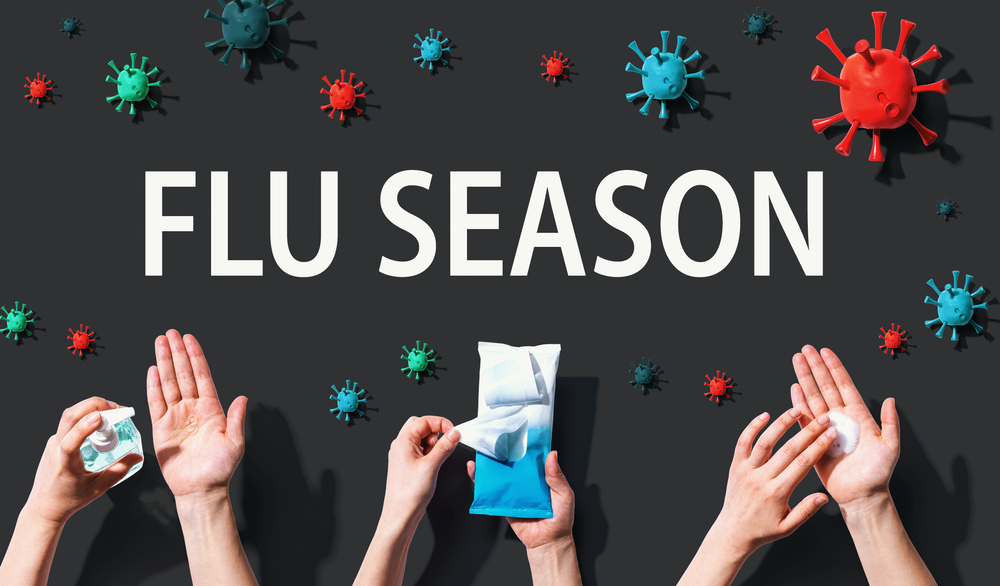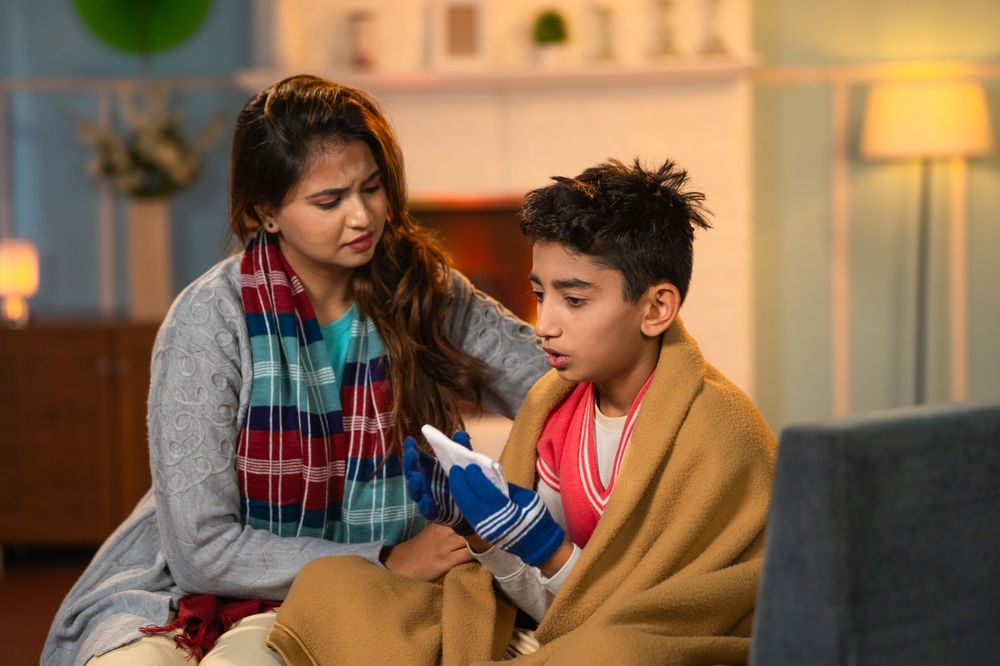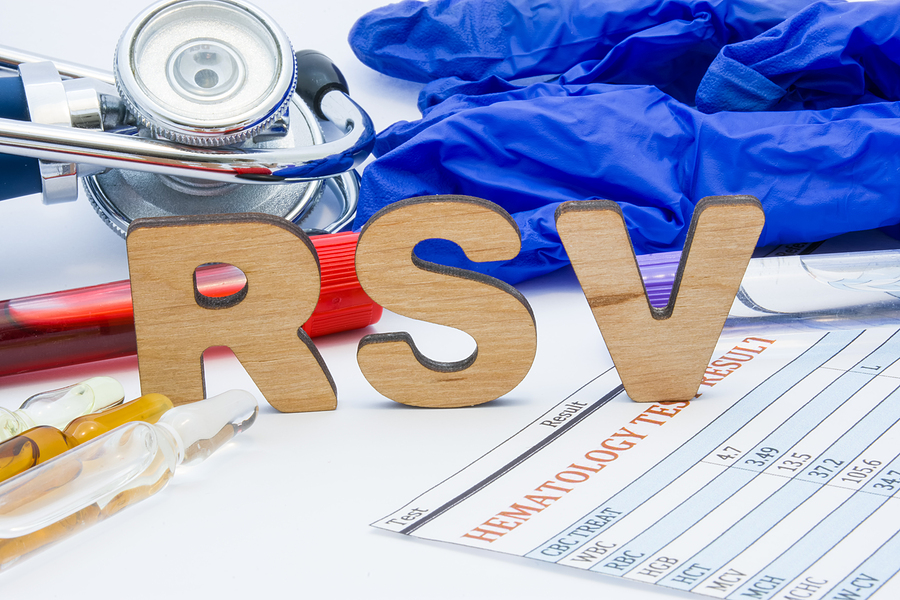By: Maureen Mills, RN
The heat is on, Don’t sweat it…the truth about FEVERS
Your child wakes you up crying in the middle of the night and you can’t believe how hot he/she is. You quickly take a temperature and are alarmed that the reading is 103 degrees!! Should you call us, should you give medication, should you rush to the emergency room?
Let’s break it down so you feel comfortable with how to handle this situation.
Please remember that a fever is a natural bodily defense against infection.
When can it wait until the morning??
Low grade fevers
Fevers of 101-103
High fevers of 104 degrees or higher that quickly come down to 100 or 101 degrees with treatment described below.
So no need to rush and call us in the middle of the night, call during office hours
When do we need to know right away
Here are some situations that need you to contact us or seek help
If you infant is 3 months or younger and has a fever of 100.4 degrees (rectally) or higher, this is very concerning and you need to call us and we will direct you to the emergency room for further evaluation.
Infants age 3-12 months with a fever of over 101 degrees warrant an appointment with us same day or next morning if it develops after hours.
If your child has a fever of 104 degrees that will not come down to 101 -102 degrees after trying our treatment measures
If your child is limp, lifeless and unresponsive or won’t make eye contact – call 911
If your child is so irritable and is crying for hours and is impossible to console
If your child is showing signs of meningitis: high fever, stiff neck or pain in the back of the neck, irritable, vomiting, headache, bright lights that hurt the eyes.
Are fevers Dangerous?
Keep in mind fevers are our bodies way of trying to fight an infection they aren’t a bad thing and not always a sign of something more serious.
What temperature constitutes a fever
Normal 97-99 degrees
Low grade 99 to 100.9 degrees
Common fever 101-103.9 degrees
High fever any fever over 103.6 degrees
Should I always treat a fever with medication?
No. Low grade fevers actually help fight off infection. You should only treat with medication if the fever is making your child miserable such as: fussiness, refusal to eat or sleep.
Top causes of fevers:
If your child has a fever there is a good chance it’s because of one of of these causes:
- Viral infections. Here are some of the most common viral causes of fevers and can not be treated with antiobiotcs. Infections such as common colds, roseola, flu, coxsackie, chicken pox, fifth disease, and many more
- Bacterial infections. Here are some examples that may be treated with antiobiotics but not always. Infections such as ear infections, pneumonia, bladder infections, strep throat and many more.
- Teething in young children can cause fevers but not usually more than 101 degrees
How should I take my child’s temperature?
If you talk to our triage nurse we will always ask what the temperature is and how was the temperature taken. Here are our recommendations:
Digital Thermometer
Quick and accurate way to taking a temperature in a few different ways:
Rectal
In children 0-12 months the preferred method is rectally with an inexpensive digital thermometer. Insert the thermometer (lubricated with Vaseline) about ½ inch into the anus and hold in place until the thermometer beeps.
Axillary
After 12 months place the digital thermometer in the naked armpit
Oral
As soon as your child can follow directions a digital thermometer can be placed under the tongue.
Ear Thermometer (Tympanic)
This quick and easy method is very popular but can be very inaccurate. One may ear may read 98 and the other 103 degrees. The temperature is probably closer to the normal reading but you may want to confirm with a digital thermometer. We would prefer a digital thermometer reading.
Forhead thermometers – they are not accurate and really expensive. This is not recommended
Getting Through the Night
First step – decide if the fever warrants treatment as discussed above.
Medications – see our dosage charts. These medications are based on your child’s weight
Acetaminophen– this fever reducer/pain reliever has been around a long time and is effective in most cases.
Ibuprofen– this is also effective for fever and pain. It often works better for higher fevers and lasts longer too.
WARNING – don’t give Aspirin to children 12 and under.
Vomiting – if your child is vomiting and won’t keep down any medication, you can use Acetaminophen suppositories available over the counter (called Fever-All)
Lukewarm bath and cool washcloth – this can help get a fever down fast, especially if it is high, but only use along with, not instead of fever lowering medication.
Dress lightly with no heavy clothes or blankets.
Cool liquids to drink can help cool down a fever and keep your child well hydrated.
When Not to Worry About Your Child Fevers
Remember, fevers are your body’s natural response to infection, and not necessarily a sign that something serious is taking place.
Low-grade fevers are generally not serious, are easily treated and can wait until the morning to be evaluated by your doctor.
Fevers of 101 to 103 degrees (38.4 to 39.5 Celcius) are also generally not serious and can wait until morning to be evaluated, except as indicated below.
High fevers of 104 degrees (40 Celcius) or higher that quickly come down to 100 or 101 (37.8 to 38.3 Celcius) with the above measures are also generally not serious and can wait until morning.
Above all, if you have a “gut feeling” that your child is seriously ill, contact us right away.
Febrile Seizures are seizures directly related to a high body temperature but do not have any serious underlying health issue. Children with a history of febrile seizures should always be medicated with any fever over 100 degrees.






